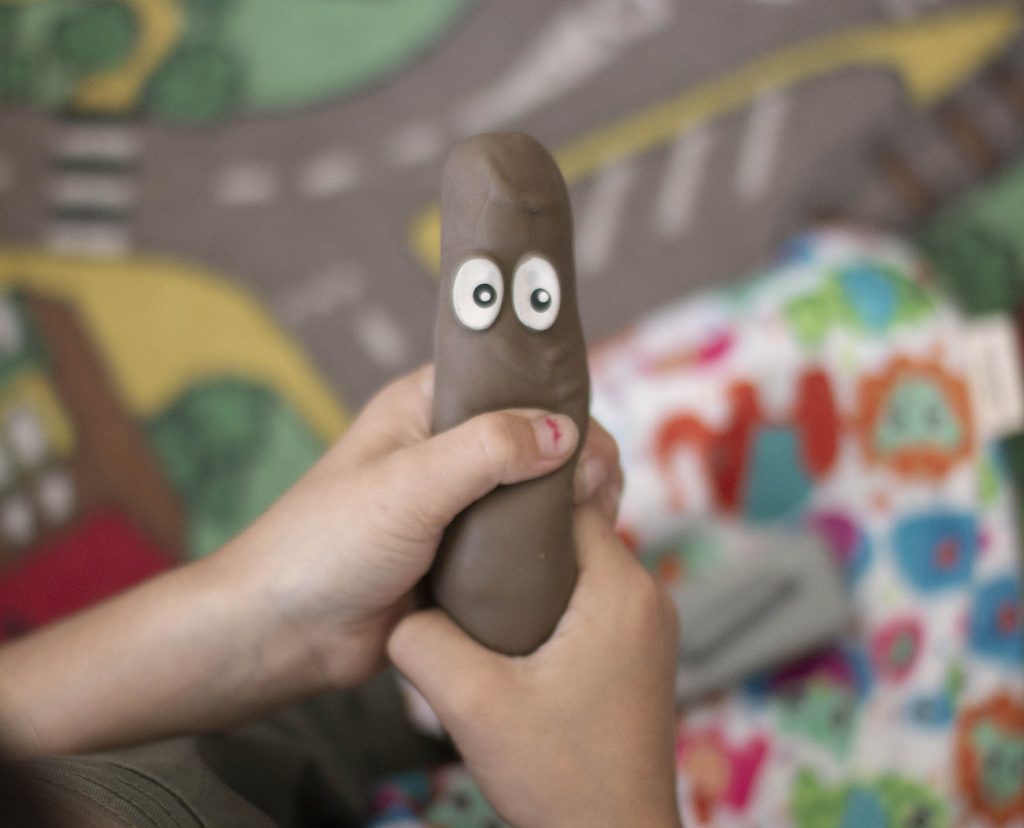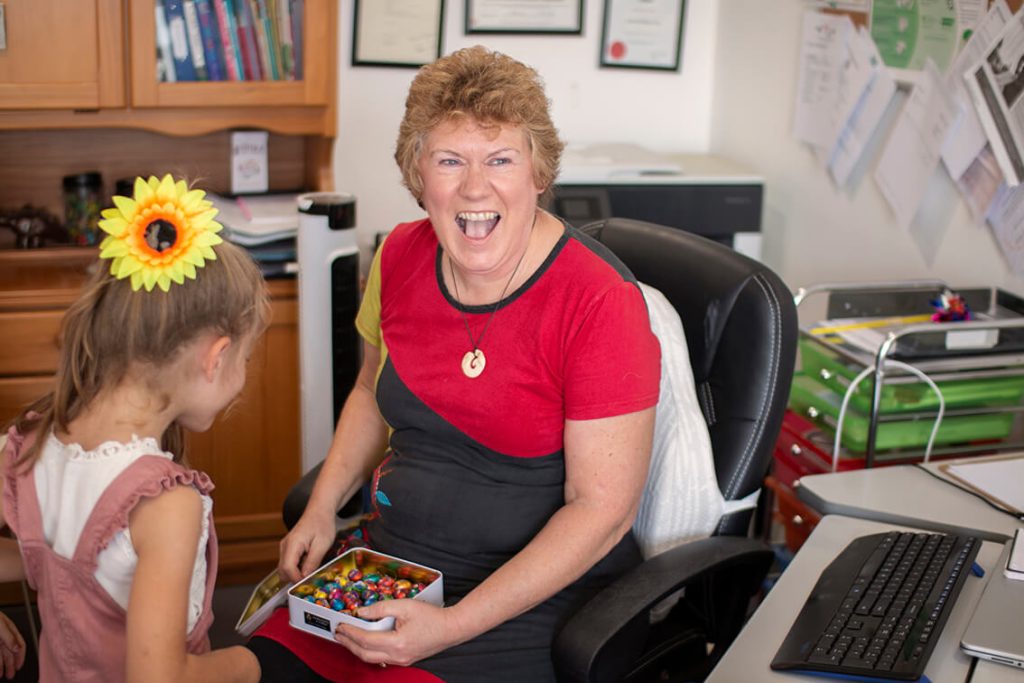
Mastering Toilet Training: Essential Parenting Guide
Embarking on the toilet training journey with your child is a significant milestone, akin to teaching them to drive—it’s complex, requires patience, and varies from one child to another. As parents, you are your child’s best guide through this intricate process, which encompasses physical maturity, mobility, communication, and social skills.
Amidst the sea of advice from family and online sources, it’s crucial to find what resonates with your unique situation. This guide aims to demystify toilet training, offering practical tips to foster a positive experience for both you and your child.
Top Toilet Training Tips
1. Positive Nappy Changes
It all starts with how you manage poo right from when they’re a baby. Make each nappy change a pleasant moment. Your positive facial expressions and gentle touch can set a foundation for a comfortable transition from nappies to the toilet.
2. Early Exposure
Start setting the scene early – familiarise your child with the bathroom and toilet. Let them accompany you and start changing them in a standing position to make the toilet a familiar place. And have conversations about poo’s and wee’s and being wet and dry.
3. Monitor Bowel Health
A healthy bowel is crucial for successful toilet training. Monitor your child’s poo and wee routine prior to starting toilet training. Ensure your child is not constipated, as this can hinder progress – laxatives are your friend!
4. Hydration is Key
Maintain a good water intake for your child, tailored to their age, to ensure a healthy bladder. For example; cups by age (2 years = 2 cups/400mls or 3 years = 3 cups/600mls).
5. Nappy Discomfort
If your child is too comfortable in their nappy, introduce a slight discomfort, like a kitchen roll inside the nappy, to encourage them to move away from nappies.
6. Readiness Signs
Look for developmental signs of readiness, such as the ability to stay dry for hours and express toileting needs, rather than relying solely on age. Some essential signs of readiness include can hold urine for up to 2 hours, they start to notice when they feel wet or have done a poo.
7. The 7 P’s
Embrace the 7 P’s: Play, Plan, Practice, Patience, Perseverance, Praise, and Positive attitude throughout the toilet training process.
8. Communication is Crucial
When starting toilet training, be clear about when nappies are appropriate (such as for naps or overnight) and when you notice they need to go – what I refer to as ‘wiggle time’ – don’t ask, simply say “Toilet Time”.
9. Limit Prompts
Avoid excessive prompting to allow your child to recognise the need to use the toilet independently.
10. Elimination Communication
Use elimination communication wisely by recognising natural opportunities for toilet visits, rewarding the effort rather than the outcome.
11. Respect Resistance
If your child resists, take a step back. Pressure is not necessary for motivation; your child naturally wants to imitate and please you and it’s okay to reset if there is frustration or stress.
12. Right Equipment
Choose the right equipment, like a comfortable potty or toilet seat, that makes your child feel secure.
13. Stay Vigilant
Remember, toilet training is a marathon not a sprint. It can take many years for your child to be fully independent and managing their bowels and bladder. Even after your child has mastered it, maintain awareness of their habits to prevent setbacks, especially with bowel movements.
About Lisa Smith
In collaboration with Lisa Smith, we present this comprehensive guide to toilet training. Lisa leads the Children’s Continence Service in Napier, bringing nearly 40 years of paediatric nursing expertise, with a specialised focus on bowel and bladder issues in children for the past 17 years. Her unique Children’s Continence model—the 4 B’s: Brain, Bowel, Bladder, and Behaviour—underpins a holistic approach that considers the environmental influences on a child’s continence journey.
Lisa’s personal journey, raising a son with Foetal Alcohol Spectrum Disorder (FASD), enriches her understanding of the interplay between behavioural challenges and toileting difficulties.
Visit her website at www.childrenscontinence.com to learn more.





